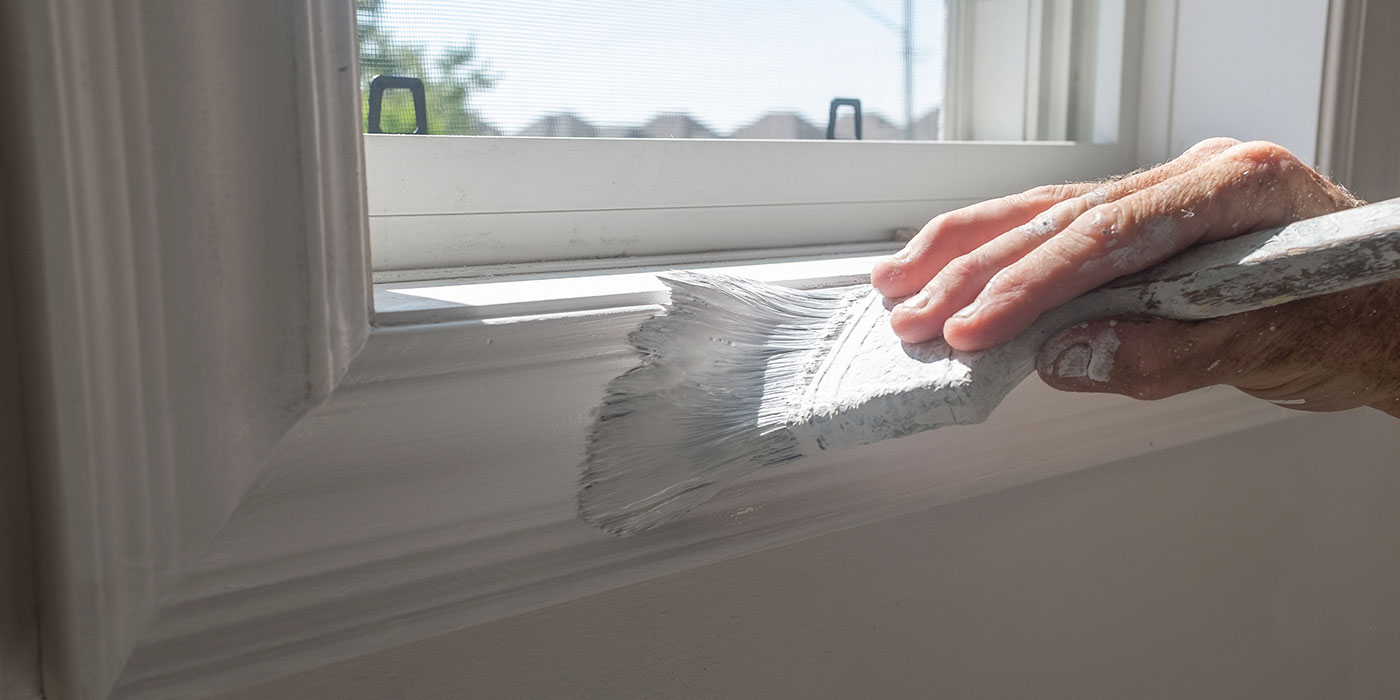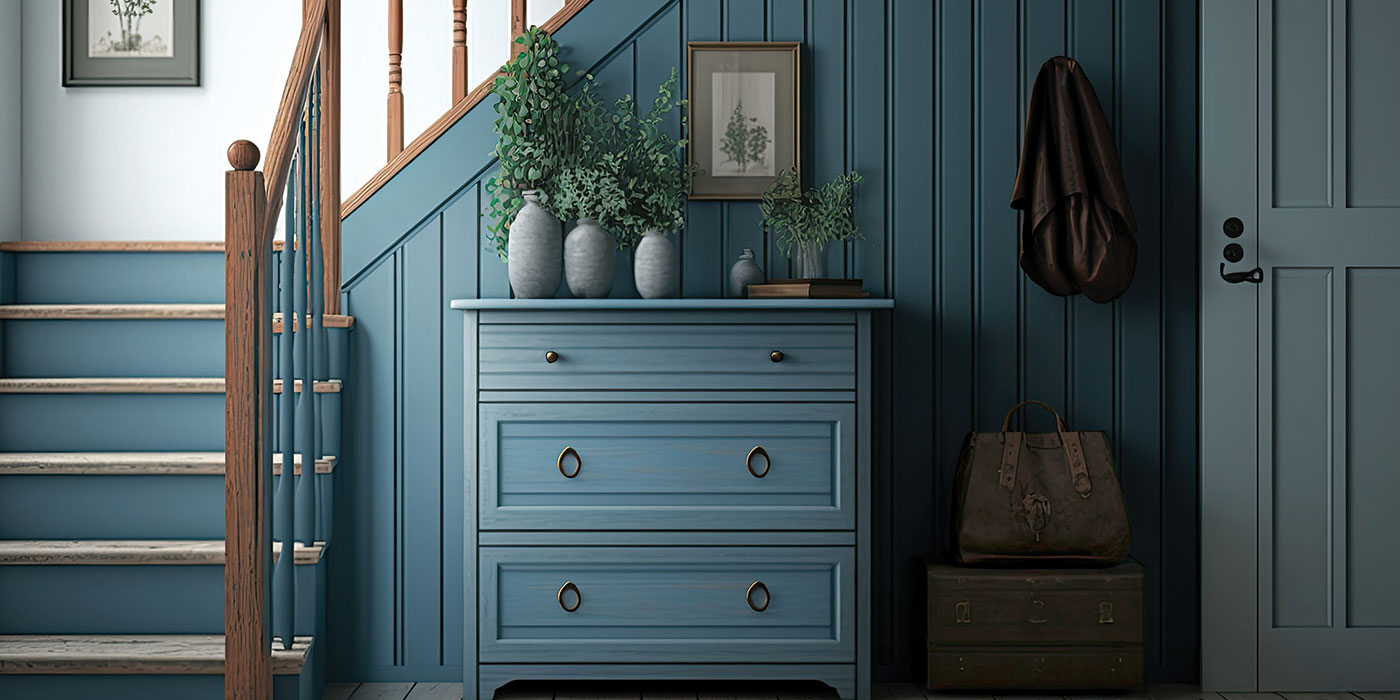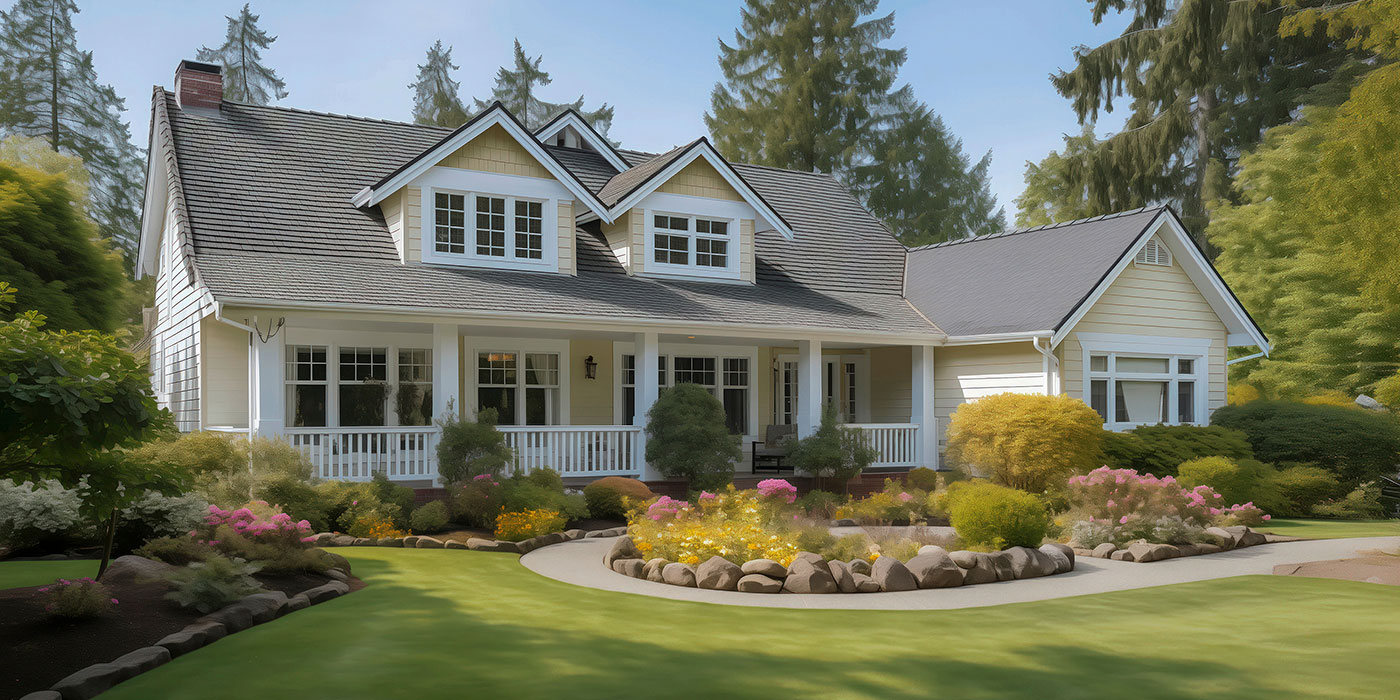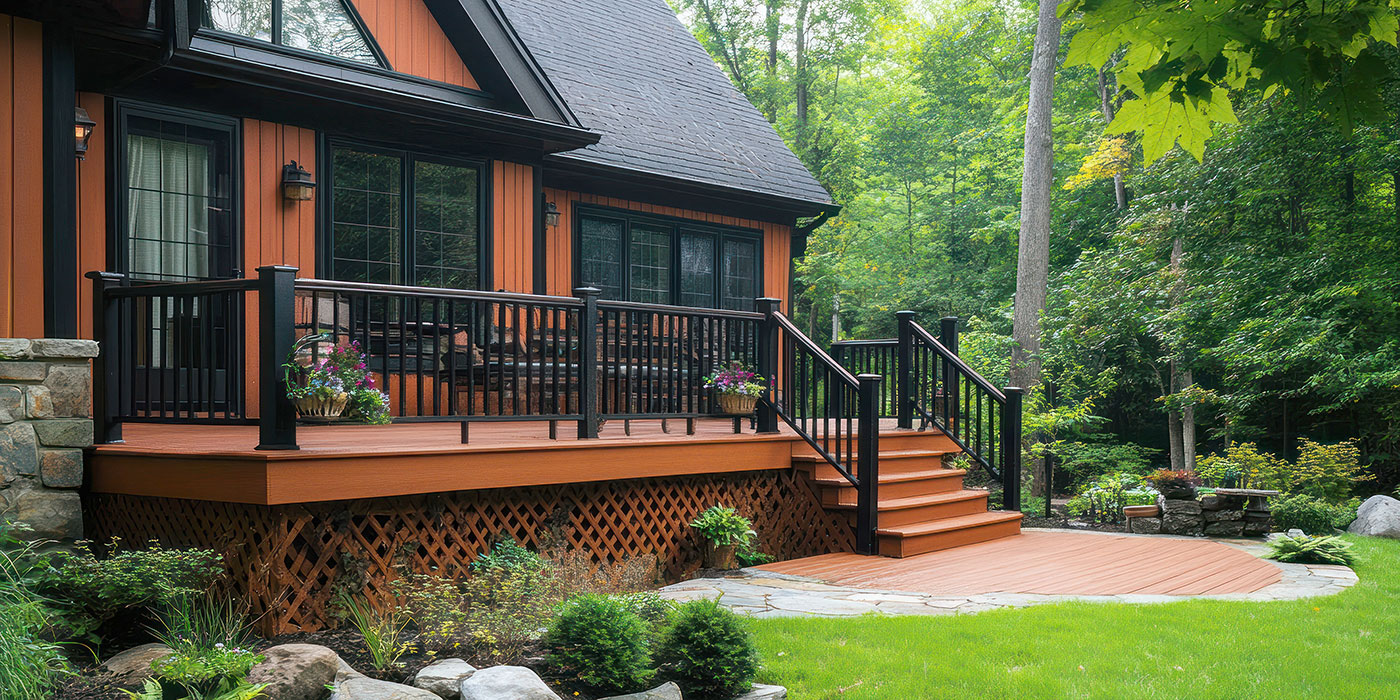Like any paint job, painting door and window casings, baseboards and other trim requires careful preparation. Start by thoroughly cleaning the surface with a damp sponge and let dry. Fill any cracks or holes with putty and fill gaps between the moulding and the wall with painter’s caulk. Let completely dry. Sand down the putty areas with medium then fine grit sandpaper.
Next, lightly scuff up the entire surface of the trim with medium grit sandpaper. This is to give the surface a slightly rough texture so the paint will adhere better. Carefully vacuum off the dust then tape off any areas you don’t want painted with a good quality painter’s tape. Lay down drop cloths to protect your floor.

If you are painting over dark colours or if you don’t know if you are painting over oil paint, it’s recommended to prime first. If there is wood resin or wood knots in the trim, use a primer/sealer. Now you are ready to paint. For both primer and paint, use an angled brush in a size you are comfortable with. The larger the brush, the more coverage.
Use short strokes and apply a thin layer of primer or paint. Make sure you go back and check where you’ve painted and smooth out any drips. For primer, one coat is enough. For paint, apply as many coats as necessary until you have complete coverage, usually at least two. Use a satin or semi-gloss trim paint for durability and easy cleaning.
Colourful trim

Wall colour can affect the visual size and appearance of a room and so too can the colour of trim. The most popular colour for trim is white or off-white and both give a clean, crisp traditional look. But there are other alternatives that can create a lot of visual interest in your home.
For a contemporary look, think about painting trim the same colour or a tinted version of the wall colour. This is especially impactful in rooms with dark colours. The contrast between dark walls and light trim can become an unwanted focal point whereas painting the trim the same seamless dark colour makes the room feel larger and more open.
Another option is to paint trim a different colour than the walls. Doing this allows trim to be used as a colourful accent that brings out the other colours in the room. Be careful to use a warm colour for your trim if your walls are warm coloured. Likewise, pair cool wall colours with cool trim colours.
Keep in mind that the colour of trim you choose may impact the colours used in adjoining rooms. Stay away from different trim colours in every room. It’s better to have a consistency throughout your home.



